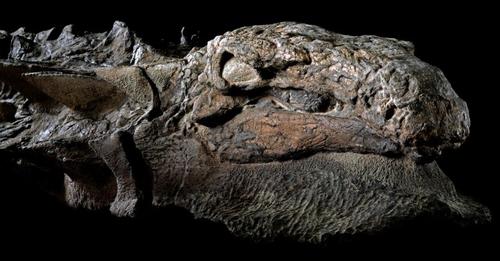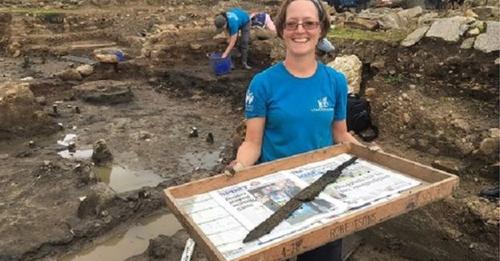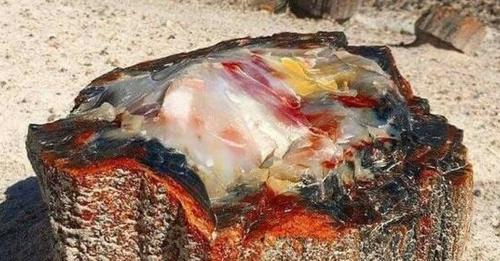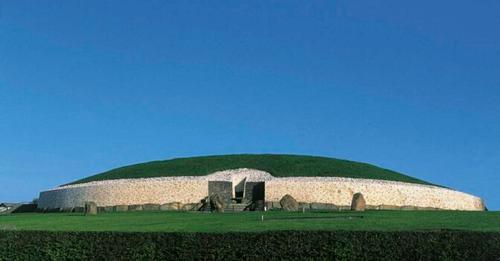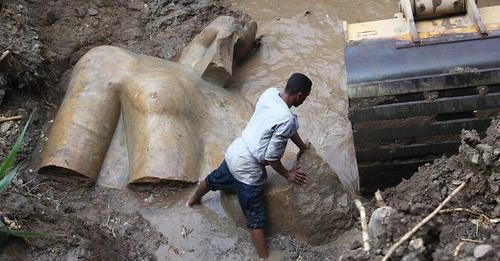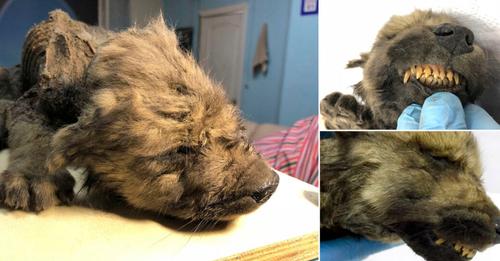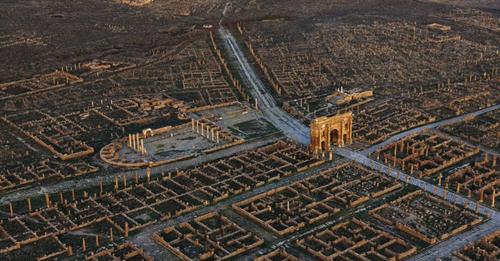Archaeologists discover almost complete 300,000-year-old elephant skeleton
300,000 years ago in Lower Saxony elephants spread around Schoningen. In recent years there were the remains of at least ten elephants at Palaeolithic sites situated on the edges of the former opencast lignite mine.

In cooperation with the National Saxony State Office for Heritage, archeologists at the Senckenberg Center for Human Evolution and Palaeoenvironment at the University of Tubingen have collected for the first time in Schoningen an almost complete skeleton of the Eurasian straight-tusked elephant (Palaeoloxodon Antiquus).
The species has died in what had been the western shore of the lake — what exactly happened and what the biotope surrounding the area was like 300,000 years ago is now being carefully reconstructed by the team. The preliminary study will be published in Archaologie in Deutschland and will be first presented at a press conference in Schoningen on Tuesday the 19th of May.
“The former open-cast mine in Schoningen is the first-rate archive of climate change, as stated by Bjorn Thumler, Lower Saxony’s Science Minister: This must be made even clearer in the future. This is a place where we can trace how humankind went from being a companion of nature to a designer of culture.”

The elephant skeleton lies on the 300,000 years old lakeshore in water-saturated sediments. Like most of the finds at Schoningen, it is extraordinarily well preserved as Jordi Serangeli, head of the excavation in Schoningen explains. “We found both 2.3-meter-long tusks, the complete lower jaw, numerous vertebrae and ribs as well as large bones belonging to three of the legs and even all five delicate hyoid bones.”
The elephant is an older female with worn teeth, as archaeozoologist, Ivo Verheijen explains. “The animal had a shoulder height of about 3.2 meters and weighed about 6.8 tonnes—it was, therefore, larger than today’s African elephant cows.”

It most probably died of old age and not as a result of human hunting. “Elephants often remain near and in the water when they are sick or old,” says Verheijen. “Numerous bite marks on the recovered bones show that carnivores visited the carcass.”
However, the hominins of that time would have profited from the elephant too; the team found 30 small flint flakes and two long bones which were used as tools for knapping among the elephant bones. Barbara Rodriguez Alvarez was able to find micro flakes embedded in these two bones, which proves that the resharpening of stone artifacts took place near to the elephant remains. She also refits two small flakes, this confirms that flint knapping took place at the spot where the elephant skeleton was found.
“The Stone Age hunters probably cut meat, tendons and fat from the carcass,” says Serangeli. Elephants that die may have been a diverse and relatively common source of food and resources for Homo heidelbergensis. Serangeli says that according to current data, although the Palaeolithic hominins were accomplished hunters, there was no compelling reason for them to put themselves in danger by hunting adult elephants. Straight-tusked elephants were a part of their environment, and the hominins knew that they frequently died on the lakeshore.
Several archaeological sites in the world have yielded bones of elephants and stone artifacts, e.g. Lehringen in Lower Saxony, Bilzingsleben in Thuringia, Grobern in Saxony-Anhalt, Benot Ya’aqov in Israel, Aridos 1 and 2 as well as Torralba and Ambrona in Spain, Casal dei Pazzi in Rome, Cimitero di Atella, Poggetti Vecchi in Italy and Ebbsfleet in England. Some of these sites have been interpreted as examples of elephant hunts in the Lower or Middle Palaeolithic.

“With the new find from Schoningen we do not seek to rule out that extremely dangerous elephant hunts may have taken place, but the evidence often leaves us in some doubt. To quote Charles Darwin: ‘It is not the strongest that survives, but the one who can adapt best’. According to this, the adaptability of humans was the decisive factor for their evolutionary success and not the size of their prey.”
The fact that there were numerous elephants around the Schoningen lake is proven by footprints left behind and documented approximately 100 meters from the elephant excavation site. Flavio Altamura from Sapienza University of Rome who analysed the tracks, tells us that this is the first find of its kind in Germany.
“A small herd of adults and younger animals must have passed through. The heavy animals were walking parallel to the lakeshore. Their feet sank into the mud, leaving behind circular tracks with a maximum diameter of about 60 centimeters.”
The Schoningen sites have already provided a great deal of information about plants, animals and human existence 300,000 years ago during the Reinsdorf interglacial. The climate at that time was comparable to that of today, but the landscape was much richer in wildlife.
About 20 large mammal species lived around the lake in Schoningen at that time, including not only elephants but also lions, bears, sabre-toothed cats, rhinoceroses, wild horses, deer and large bovids. “The wealth of wildlife was similar to that of modern Africa,” says Serangeli.
The discoveries in Schoningen include some of the oldest fossil finds of an auroch in Europe, of a water buffalo, and three saber-toothed cats. In Schoningen archaeologists also recovered some of the world’s oldest and best-preserved hunting weapons: ten wooden spears and at least one throwing stick.
Stone artifacts and bone tools complete the overall picture of the technology of the time. “The lakeshore sediments of Schoningen offer unique preservation and frequently provide us with detailed and important insights into the culture of Homo heidelbergensis,” says Nicholas Conard, head of the Schoningen research project.
Further detailed analyses of the environmental and climatic conditions at the time of the elephant’s death are taking place at the Technische Universitat Braunschweig, the University of Luneburg, and the University of Leiden (The Netherlands). The excavations in Schoningen are financed by the Ministry of Science and Culture of Lower Saxony.

